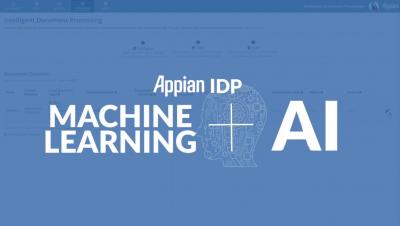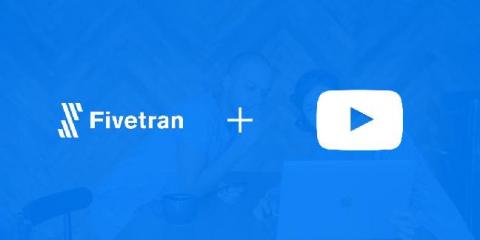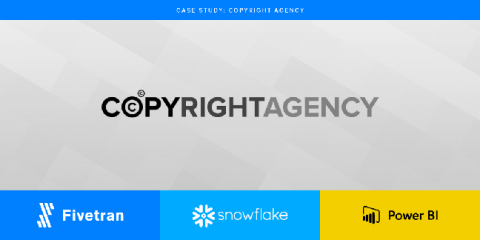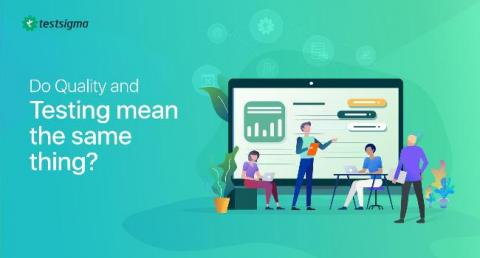Eliminate the pitfalls on your path to public cloud
As organizations look to get smarter and more agile in how they gain value and insight from their data, they are now able to take advantage of a fundamental shift in architecture. In the last decade, as an industry, we have gone from monolithic machines with direct-attached storage to VMs to cloud. The main attraction of cloud is due to its separation of compute and storage – a major architectural shift in the infrastructure layer that changes the way data can be stored and processed.









